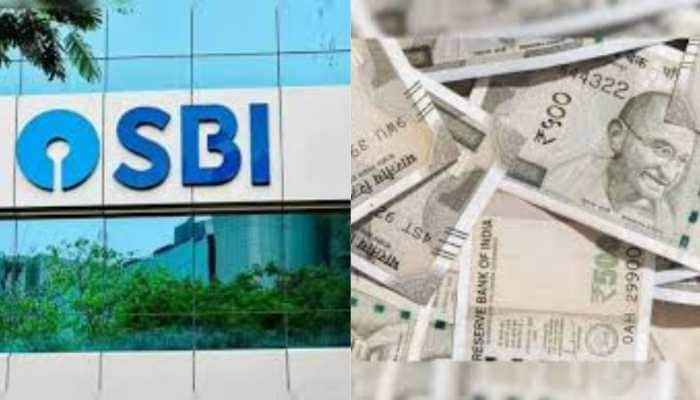Delhi airport and surrounding area at high risk of land subsidence
The research suggests that the area around Delhi Airport has the highest risk of land subsidence. An airport needs to have a rigid and stable ground to operate and any crack can in the area lead to major mishaps.
- The Kapashera area of Delhi is found to have the highest risk of land subsidence
- 80% of the land subsidence is caused due to lower groundwater levels
Trending Photos
) Image credit: Pixabay (Representational image)
Image credit: Pixabay (Representational image) New Delhi: A recent research reveals that around 100 sq km land area near Delhi NCR region is prone to subsidence.
The distressing outcomes have come to light after research done by IIT Bombay, German Research Center, and Cambridge, and the Southern Methodist University of America.
According to the research, in 2014-16 - the speed of land subsidence was 11 cm/yr. This has increased by almost 50% to 17 cm/yr after two years. The same trend was seen in the year 2018-19 as well.
The research suggests that the area around Delhi Airport has the highest risk of land subsidence.
An airport needs to have a rigid and stable base to operate and any crack can in the area may lead to major mishaps. The Kapashera area - near the Indira Gandhi International Airport - faces the highest risk, with 12.5 sq km area being prone to land subsidence.
The report identifies - Delhi's Bijwasan, Samalkha, Kapsehra, Sadh Nagar, Bindapur, Mahipalpur, and Mahavir Enclave - as the at-risk areas. Gurugram's sector 22A and Block C, and pocket A, B and C of Faridabad's Gandhi Memorial.
Professor Seema Mehra Parihar, Geologist and Remote Sensing and GIS Expert, exaplains that land subsidence occurs when the upper layer of the land starts leaning towards the lower layer.
There are 3 main reasons for land subsidence:
1. Mining: The removal of minerals from the lower level of the earth results in the subsidence of the top layer of the land.
2. Extraction: Extraction of oil from the ground also causes the subsidence of the land.
3. Groundwater level: The most important and major factor leading to the weakening of the upper layers which in turn bend towards the lower surface and lead to the risk of land subsidence. According to an American geological survey, 80% of the land subsidence is caused due to lower groundwater levels.
The major reason for the depletion of groundwater in Delhi is the increasing demand for water. The water demand projection in Delhi is around 1,236 million gallons per day, (MGD) while the demand and supply gap is 300 MGD.
According to the Draft Master Plan 2041, the demand for water in Delhi will increase to 1746 MGD in the year 2031.
Many states and UTs in India, including Delhi, are facing a shortage of groundwater. According to a report of the World Resource Institute released in the year 2019, the states of Haryana, Rajasthan, Punjab, Uttar Pradesh, Gujarat, Madhya Pradesh and UT Jammu and Kashmir are struggling with the shortage of groundwater.
Dikshu Kukreja, a Town Planner says, "Water Harvesting is the most important way to overcome the scarcity of groundwater. There is a great need to add rainwater harvesting technology in urban development."
He further said, "Increasing population affects the groundwater of any area as the demand for water goes on increasing hence it very important to control the population."
"Along with this, it is very important to have sustainable development in the policy of the state governments. Groundwater can be recharged using all these methods," he added.
Stay informed on all the latest news, real-time breaking news updates, and follow all the important headlines in india news and world News on Zee News.
Live Tv







)
)
)
)
)
)
)
)
)
)
